Mongolia is known for its endless steppes, wild horses, and nomadic people. An integral part of that culture is the type of structure the nomads call home, a round building that can easily be put up or dismantled and is designed to be resistant to the wind and cold. This is called a “Ger” or a “Yurt”.
Today, the yurt is a “tiny home” option many people use on their land, whether it is as a primary residence or a space to use for courses, events, or other activities.
Daniel from Tartaruga, living in a yurt and based in the Marvao Valley in Portugal, shares his experience discovering as well as learning to build yurts as part of our blog series on Tiny Homes. We also have a provider based farther south, Yurts – Alentejo, and WSM Yurts working out of the UK but who delivers to Portugal.
A Yurt love story
In the late 90s, an international group of artists left Amsterdam for an arts exchange project. Their destination was Mongolia. One of the participants, Froit, had a lifetime of experience and interests in tents and how to make them, having focused his creative energies until then on making hundreds of tipis and even teaching tipi-making workshops.
When the group arrived in Mongolia, they set up their camp close to a family living in yurts. Froit felt a strong pull toward these rounded structures so he went to investigate, and was invited in as a guest. The hosts happened to be a family of traditional yurt makers, and within their abode was a broken hand sewing machine (which works by turning a wheel by hand). Froit offered to take a look and see if he could repair it, and as luck would have it he always had extra parts with him. After a few days he had it running almost as good as new, allowing the women to pick up their work again. Based on Mongolia’s strong honor code, the head of the family began explaining everything about the Mongolian Ger to Froit.
As it turns out, this was the first transition of knowledge of this kind, as ger building was until then a state-protected secret that had never left the homeland.
Armed with his two pieces of paper full of notes and scribbles, once back in Europe, Froit took a year to build the first traditional ger outside Mongolia. The Amsterdam ADM terrain then became the nerve-center for ger building outside Mongolia, with connections to the Mongolian Embassy in Brussels to ensure smooth sailing.
Froit is the man who later became my teacher.
Building experience in yurt-making
I discovered the ger in 2003 and was in awe. A year later I quit my job and became part of a ger building community in Holland, working my way to head of the Woodsection – this is where I learnt everything about creating a ger, from working the wood to sewing the covers to making the woodburners, trailers, floors, and every other piece of the giant and beautiful puzzle that is the structure.
The Nomadic Spirit is the most fascinating aspect about the Mongolian way of life. Traditionally, a ger would not stay in the same spot for more than a few months, always following the never-ending need of the cattle to have green pastures to feed on. Even the felt that covered the wooden structure was gifted by the very animals the nomads cared for – and it is one of the most important parts of the ger.
In the old days, making felt was its own type of craftmanship, and was waterproof due to the natural oils (lanoline) present in wool. The water would just run off. In addition, the felt has a high insulative value, essential in the harsh Mongolian climate but also the key to giving the wooden structure solidity in the face of high snow loads or strong winds.
If the wooden structure is the skeleton, the felt layer is the fat and muscles without which the ger would be just a “sack of bones”.
Traditionally, the ger has one door, a crown with two supports and – depending on the diameter – a certain number of walls. The most common sized ger is of 5 or 6m in diameter, the smaller one being appropriate for couples and the larger one often housing families as they grew. In winter, families pile into a single dwelling to stay warm and save on firewood, fitting up to eight people in a single structure.
The nomadic life is hard but honest, close to nature and the elements.
Having lived in Spain for almost five years before moving to Portugal, now after 15 years of ger life I love it as much as when I first discovered yurts. Living in a yurt allows me to truly understand the structures I build, which I believe makes me a better craftsman.
These days however, there are many styles of yurts and not all are functional. I have seen structures with huge dimensions and big windows, no insulation or plastic water-proofing layers. Some thoughts on what to look out for if you are presented with such options:
- Huge dimensions can create trouble when building the ger or taking it down for repair or maintenance
- Windows can be useful f they are integrated into a door to create a draft when placed across from the main door, and should be made in a long-lasting, transparent and waterproof material that won’t melt easily
- No insulation is absurd as it weakens the structure
- Plastic waterproofing leads to condensation and mold from the inside
- Putting chimney pipes through the waterproofing layers is asking for complications, e.g. when a change is needed; traditionally the chimney goes out through the crown and for good reason
- Platforms to place the yurt on can be considered but make moving hard (movable floors are more flexible in this respect); traditionally you would place a ger on the earth directly, perhaps with a layer of plastic to keep the water out
For anyone considering ger life, it is a wonderful choice but a life-changing one! The circular shape of the structure and life within it is – as with tipis – is a life of transformation and movement in energies and realities.
Advantages of a ger, if used with its nomadic function in mind, include that it is fast to pitch and take down; a ger is the closest to a house you can get (and in winter it will be warmer than the stone houses typical to Portugal).
However, it is not a house. It needs proper maintenance and must be lived in if you want to keep “the eye of time” out. Leaving a ger empty during the winter or when it rains is a bad idea as it needs the fire and life in it to stay comfortable and functional. A house needs care over time, and the ger is no different – though perhaps the effect of neglecting the structure will be more condensed and direct in a yurt.
In Mongolia, it is said that a ger lasts one generation, but when they are well made and taken care of that can extend to decades (our oldest ger is still doing great and is 20 years old – not bad for a type of “tent”!).
The disadvantage of a ger, it must be said, is that in the essence of its nomadic function, the structure needs to be shaken up once in a while (say once a year, as spring cleaning) to get the bugs and rodents out that may have found refuge in the walls during winter. It is also a relatively small space for those not used to it, and there are no toilets or shower within the structure.
If you are curious to find out more or visit a functional ger to get a “live” feeling for the structure, don’t hesitate to get in touch!
Photos below courtesy of Tartaruga.





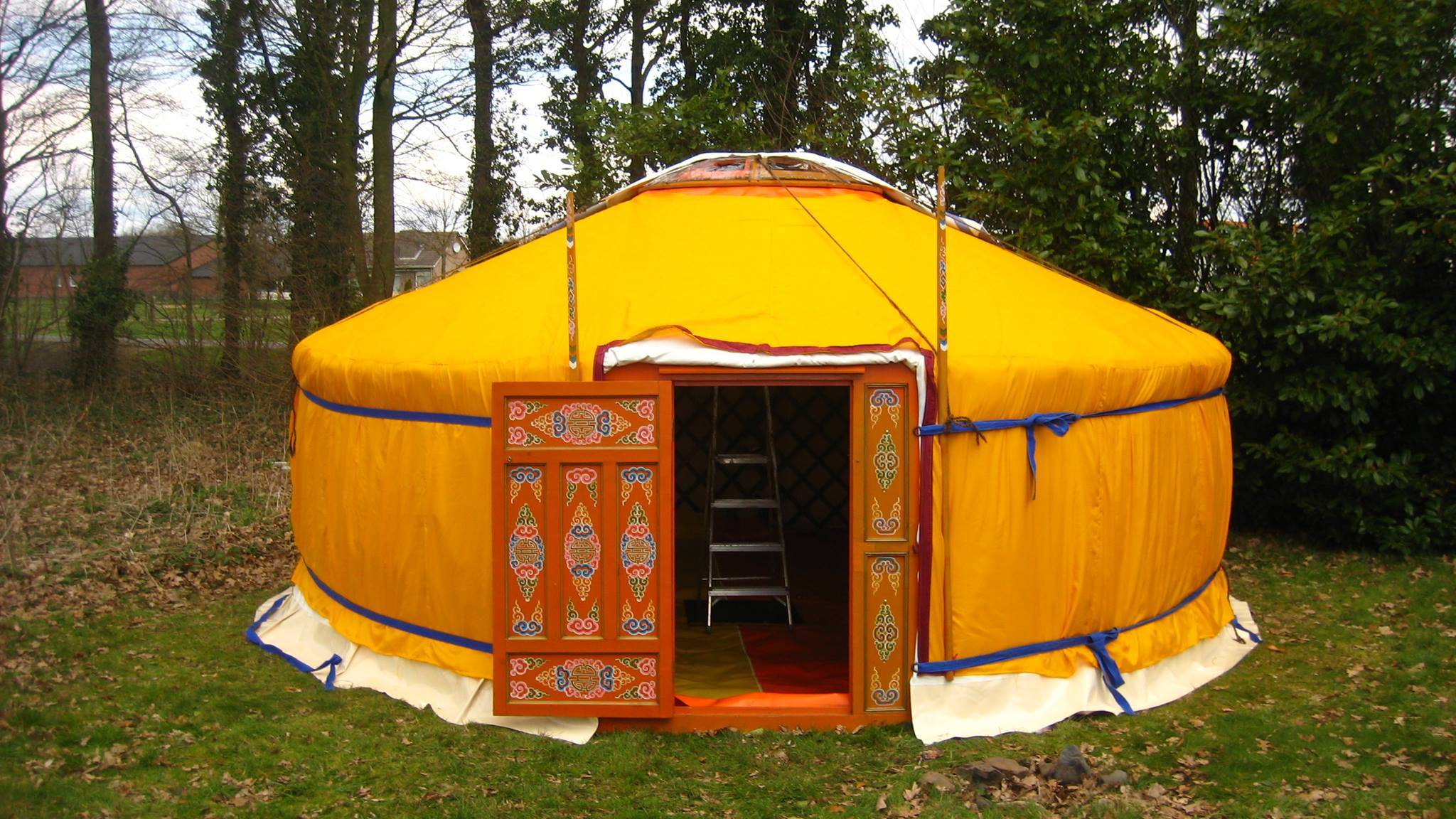
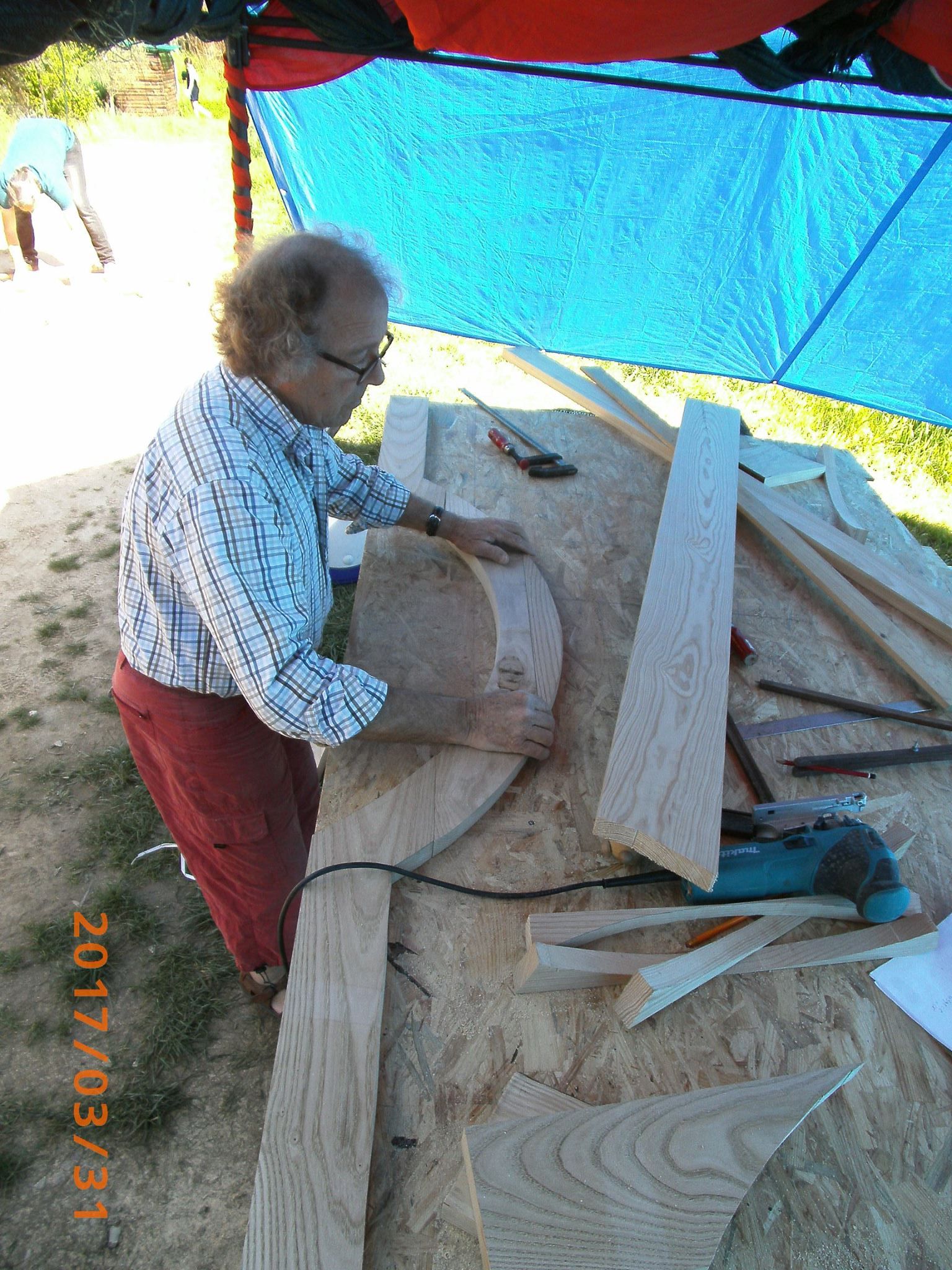
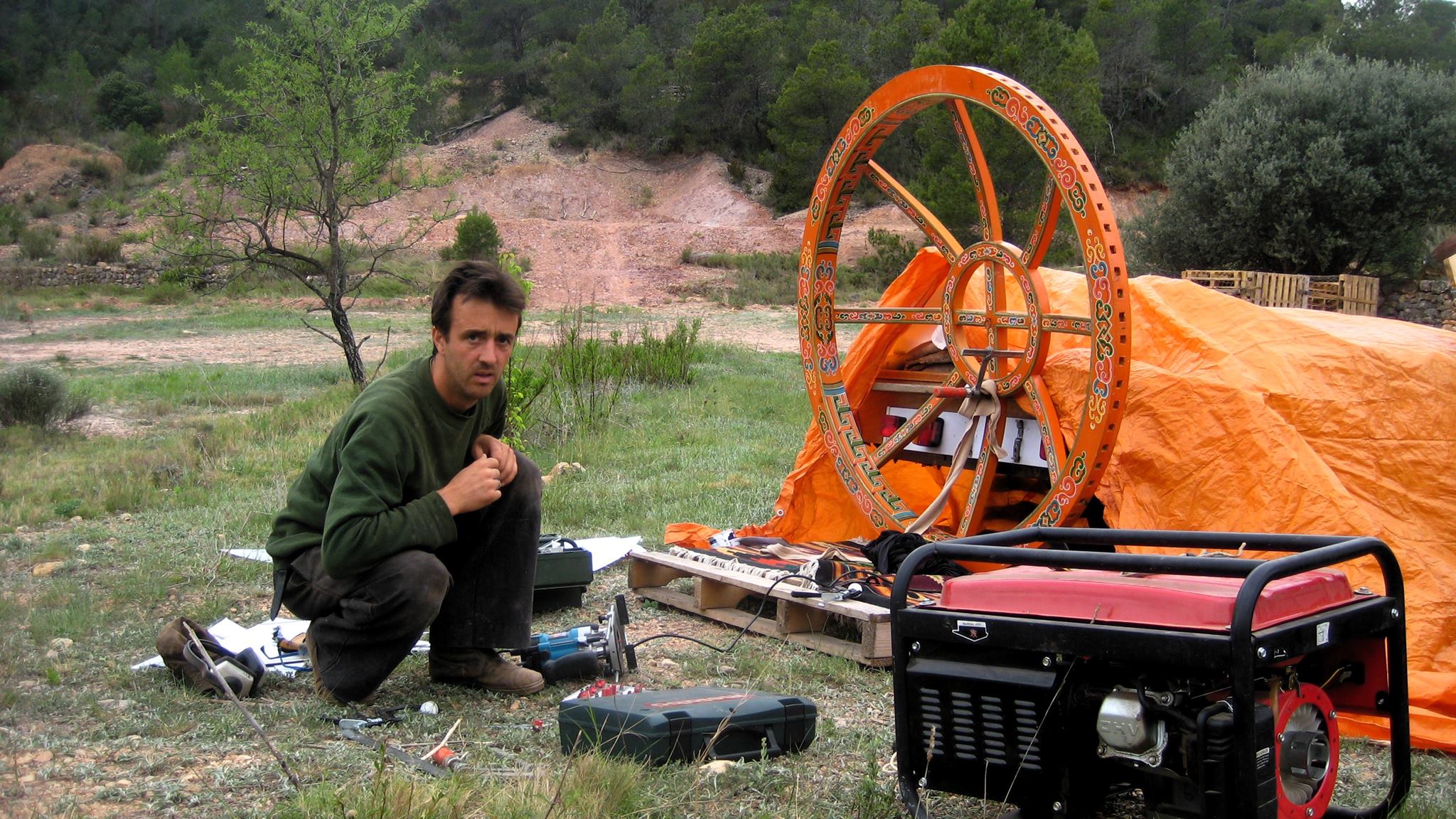
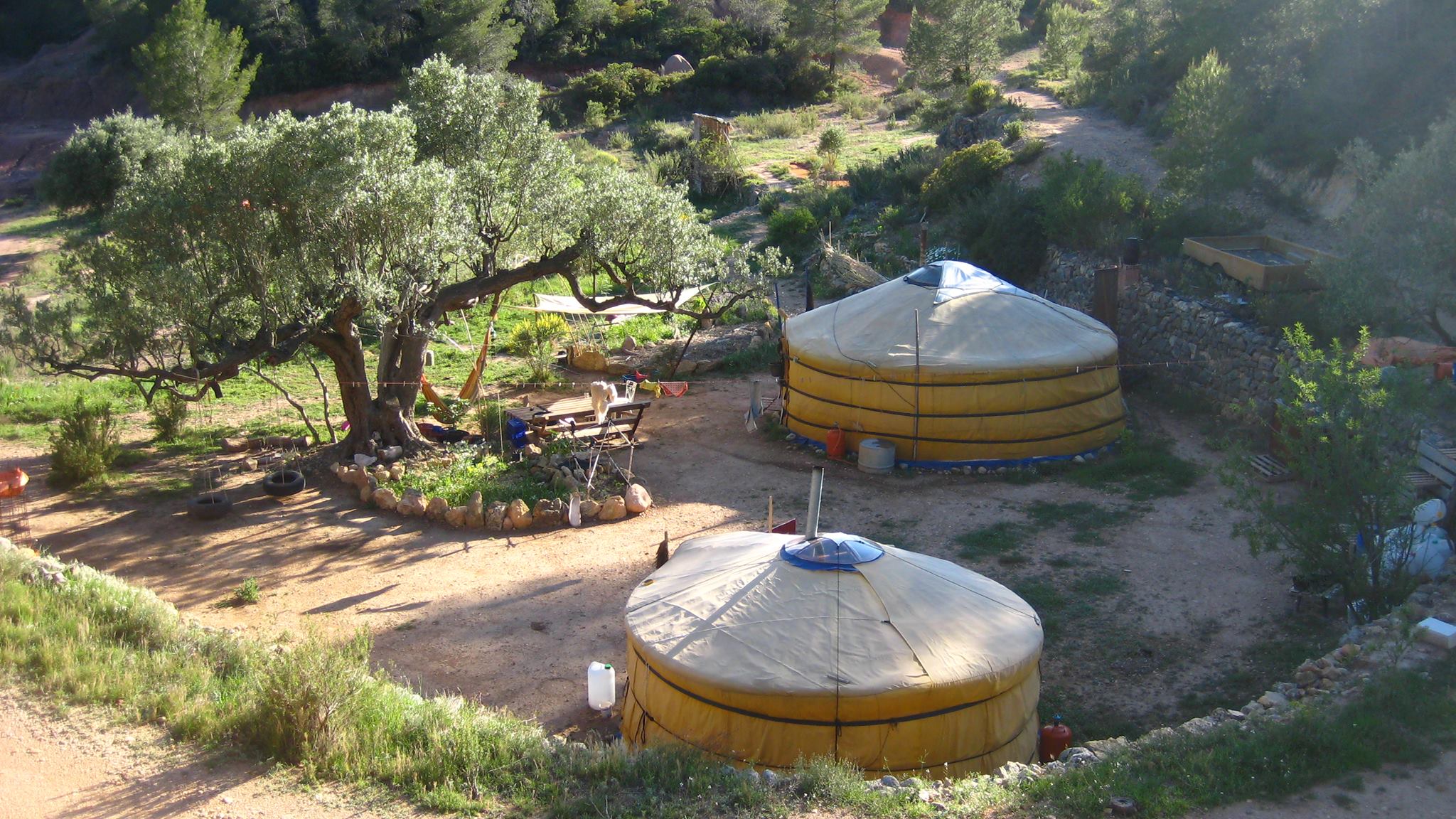
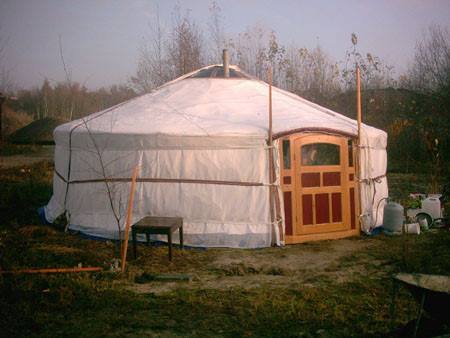
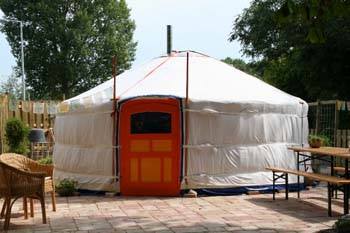

Hello, how great to read all that passion in making yurts. Is looks like the link to the website is not working. Do you know how to get in contact with this man. I would love to have a yurt from him.